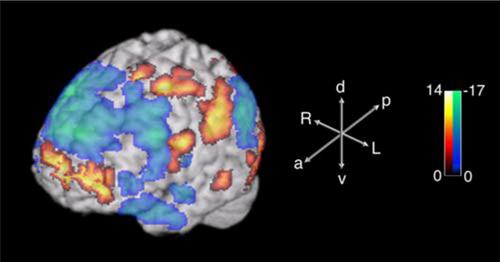The neurology of creativity implies network activity; no singular cerebral area is invoked. A clinician-scientist can develop a creative research project from a single patient, combined with critical scientific alliances, careful observations, and correlations. The developing nervous system poses additional complexity, as changes are expected over time in physiologic circumstances, to which must be added compensatory responses to underlying pathology. The arts represent an especially productive area to study the neurology of creativity, especially with functional imaging, tractography, and intracranial electrophysiology. Music activates widespread bilateral areas, including temporal, orbitofrontal, insular, fusiform, and cerebellar cortex. There are different neuronal clusters for different levels of sound volume, duration, timbre, and pitch. Heschl's gyrus and the arcuate fasciculus correlate with pitch. The orbitofrontal cortex is involved in expectancy generation and appears to be active with no music and then deactivates with music, as if the cortex has an editing function. This appears to correlate with the default mode network being key during improvisation, whereas the central executive network is invoked in effortful, repetitive playing. Furthermore, plasticity is associated with music, from the pathologic development of musicogenic seizures, to protection from musician's dystonia in pianists who begin lessons before age 9 years, to benefits of increased temporal cortex in older adults taking piano lessons after six months. Creativity, reducing negativity bias, and juggling life s priorities are key to countering burnout and building resilience.


